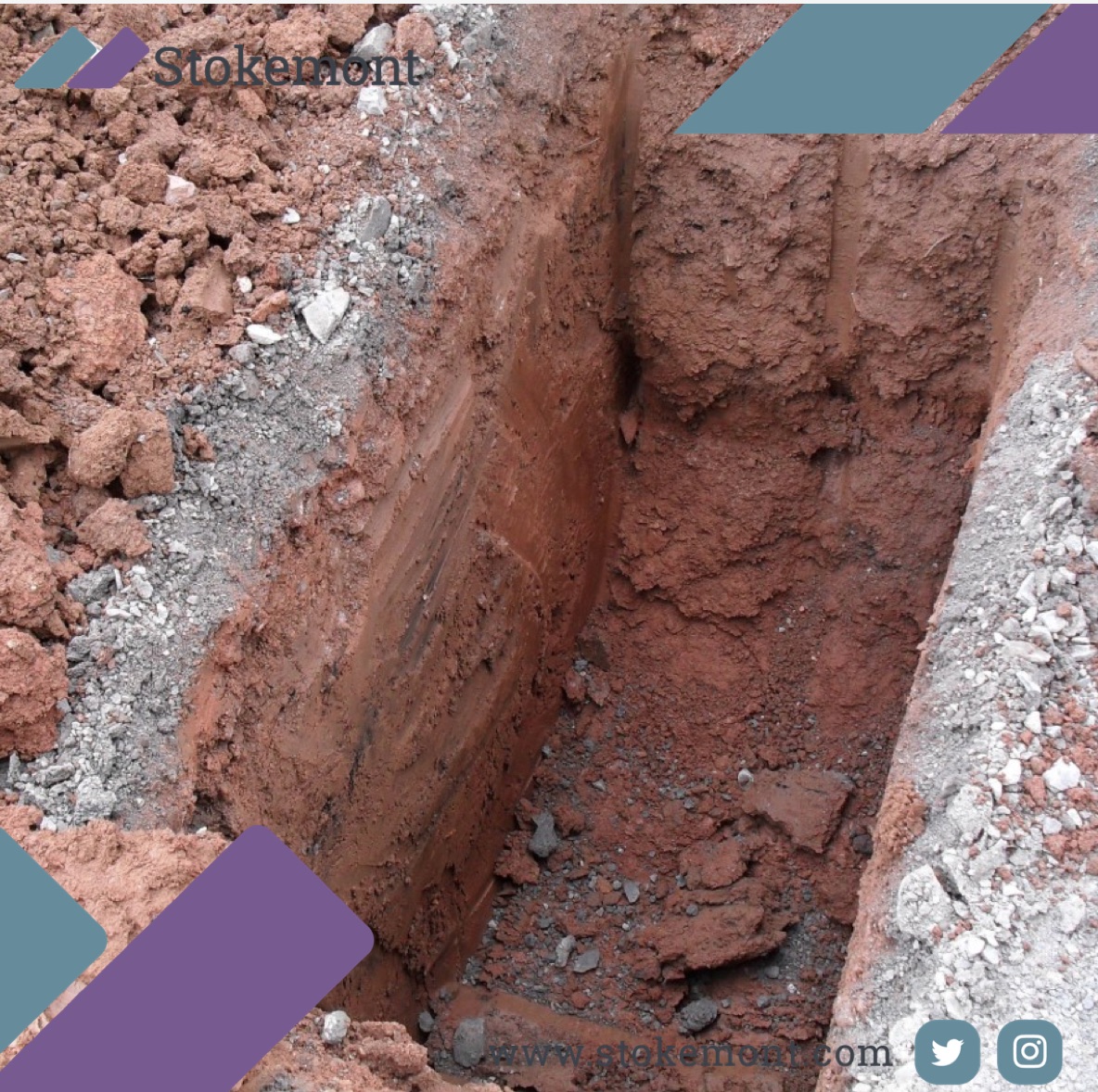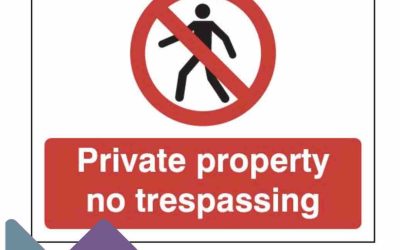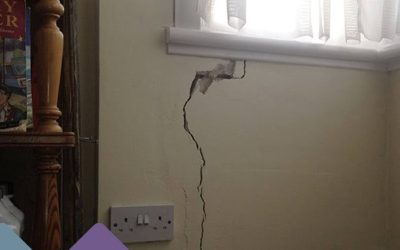In this week’s property surveying blog post, we are going to be discussing trial pits, what they are, and when they are applicable.
In the context of party wall surveying, a trial pit is required when a building owner, who is the owner undertaking construction works to their property, intends to build a new structure up to, alongside, or in close proximity to an existing adjoining owner’s structure.
To put this into context, most commonly this will be in a scenario whereby the adjoining owner has an extension, or part of their home is built up the boundary line separating the two properties, and the building owner’s proposed works will likewise see a similar structure or extension to their own structure being built alongside this.
In many cases, most commonly in older structures, foundations can often cross boundary lines, or be built in such a way whereby they need to be properly considered should more modern and deeper excavation works be taking place.
A trial pit, also commonly known as a trial hole, will see a small, controlled hole or pit, usually in the region of about one to two metres in width and length, or in practical terms, large enough for a single contractor to dig by hand in a safe environment.
The dig will go down as low as the bottom or base of the adjoining owner’s foundations, thereby confirming the exact profile of the subterranean foundations, allowing the building owner’s construction team, and most commonly their Structural Engineer, to design the building owner’s proposed excavations and construction works taking into account the adjoining owner’s foundations.
The benefit of a trial pit is that it will fully inform the contractor and engineer of exactly what sits beneath the ground so that when they come to design the building owner’s proposals they can ensure that the design takes into account the structure, ensuring that the risk of issue or damage is as low as it can possibly be.
In many cases, trial pits can be often overlooked and left until the last minute, and it isn’t uncommon for a party wall surveyor to ask for one of these to be undertaken so that he or she can ensure that his appointing owner’s property is fully protected and safeguarded against any consequential risk as a result of the excavations in close proximity.
If you would like to discuss the party wall procedures in respect of your proposed works, or would like to discuss them in respect of your neighbour’s proposed works, give our experienced and qualified team of surveyors a call here at Stokemont and we will be more than happy to assist you.




